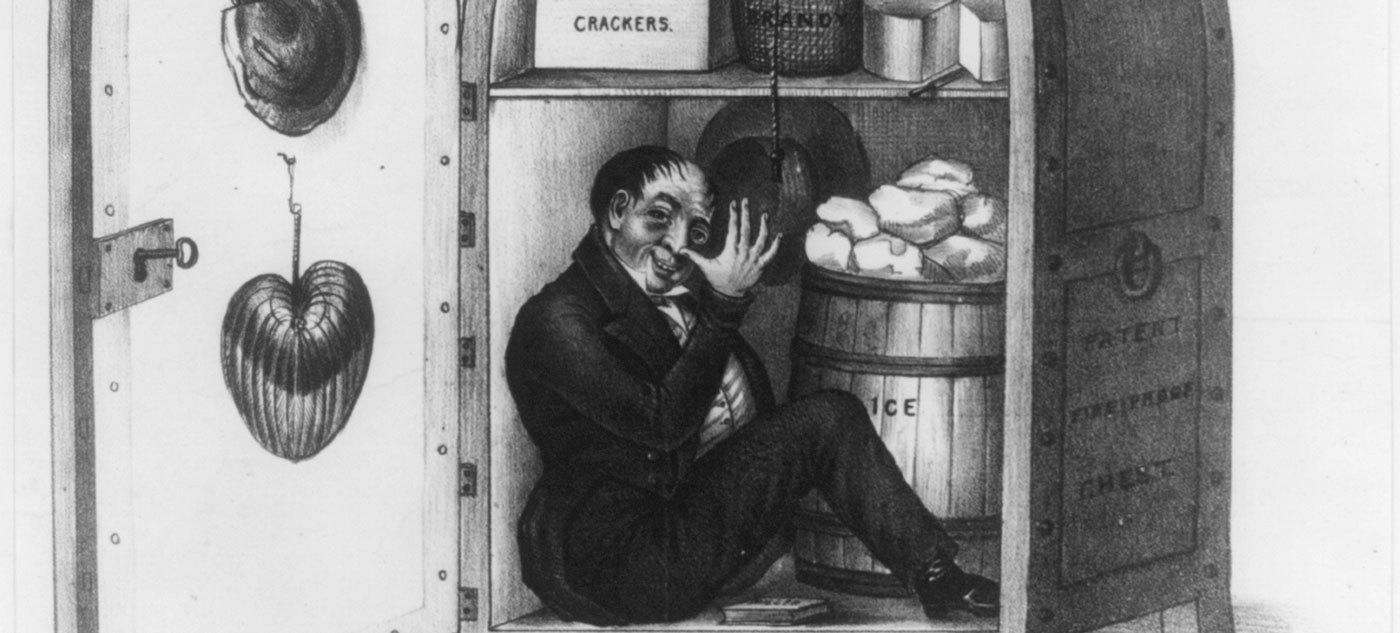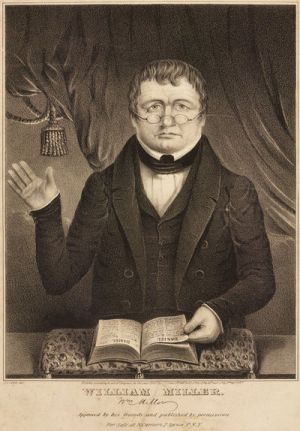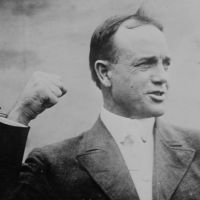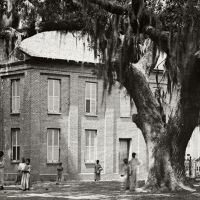Primary Source
An anonymous rebuttal to William Miller's writings:
Many deceivers have crept under the sacred mantle of religion, and Mr. William Miller is one of them. Whether he has been first himself deceived, or whether he is wittingly practising a pious fraud, is known to the Searcher of hearts. I have but to point out sundry errors and weak places in his book; sufficient, however to destroy his credibility, but not to prove that the end of the word is distant; for "of that day knoweth no man" and we are told that it is even hidden from the angels. . . .
If a man were to prophesy that, on a certain day during the next year, Washington city would be destroyed by an earthquake, who could positively declare the contrary? I pretend not to know that the world will survive the year 1843; but I think that Mr. William Miller knows as little about it as I do. . . .
The Almighty has wisely hidden [the day of judgment] from us. Let the man who would rashly essay to raise the veil, ponder well upon the responsibility he assumes. Let him not imagine that he does God service by terrifying the weak, and, in this way, driving them into the church. Such was not the policy of the apostle, who cautioned the flock not to be terrified by word or by epistle, as if the great day of the Lord was at hand. Let those clergymen who willfully encourage Miller's imposture bear in mind that the cause of truth can never be aided by deception; and that, if they should now gain a few converts through his instrumentality, their loss will eventually be greater than their gain. That portion of their wall which is built with his untempered mortar will, when it falls, carry with it some of the more sound mason-work, and "great will be the fall thereof."Those who are driven into the church by groundless fears will prove sad converts when those fears are removed by the disgraceful exposure of their prophet. . . . Suppose that Christ had not risen from the dead; then would the apostle's faith have been in vain; and how can it be expected that those who have embraced religion on the credit of Mr. Miller's prediction will remain firm in the faith after the imposture is exposed?
From "General Remarks," prologue to Miller Overthrown: or the False Prophet Confounded, by "a Cosmopolite" (Boston, 1840).









